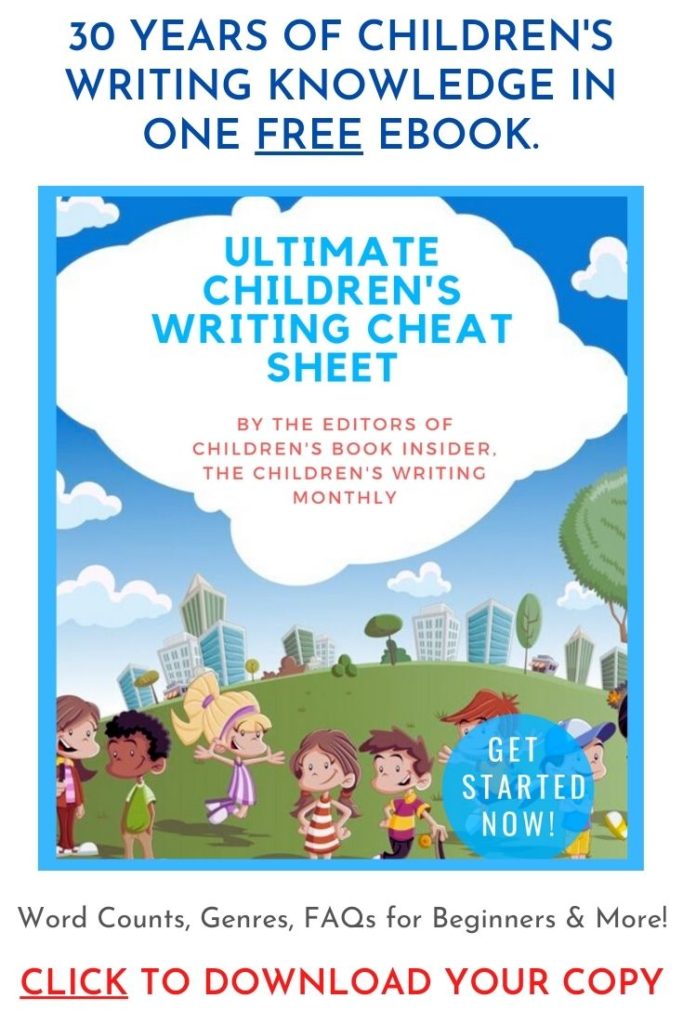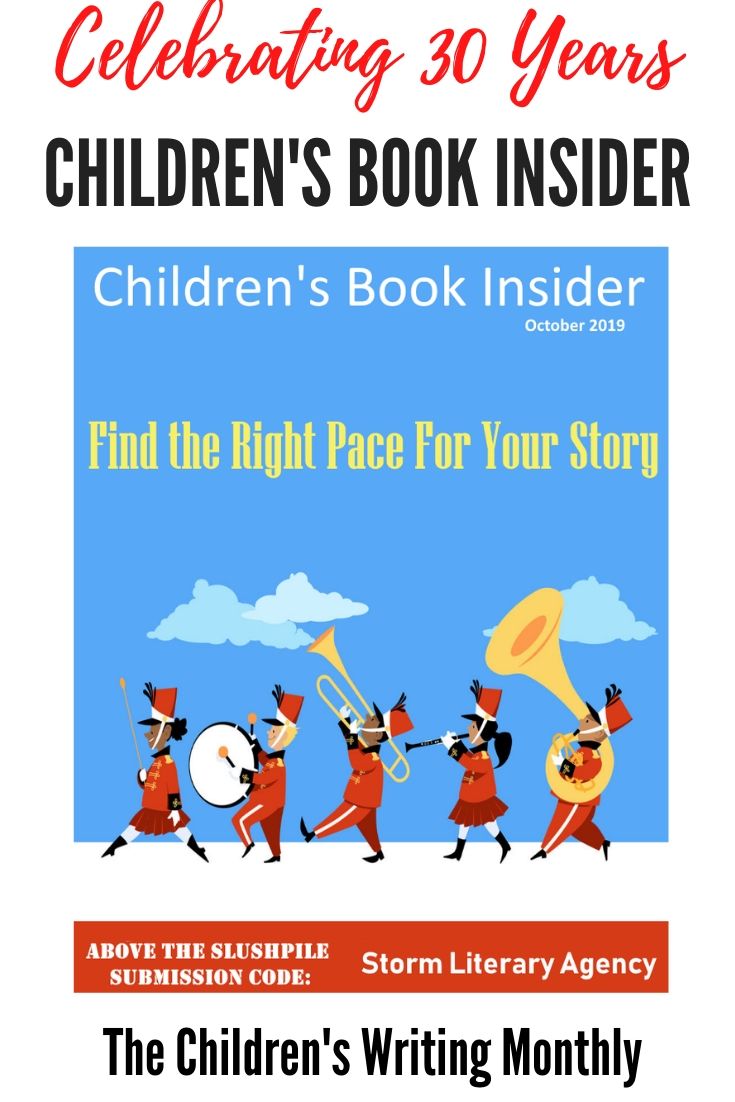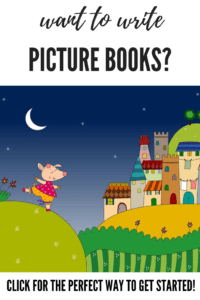
by Laura Backes, Publisher, Children’s Book Insider
The author of the true, classic middle grade novel does not worry about vocabulary choices or simple sentence structure; once children are ready for these books they are good readers. Middle grade novels are characterized by the type of conflict encountered by the main character. Children in the primary grades are still focused inward, and the conflicts in their books reflect that. While themes range from friendship to school situations to relationships with siblings and peers, characters are learning how they operate within their own world. They are solidifying their own identity, experiencing the physical and psychological changes of puberty, taking on new responsibilities all within the boundaries of their family, friends and neighborhood. Yes, your character needs to grow and change during the course of the book, but these changes are on the inside. Middle grade readers are beginning to learn who they are, what they think. Their books need to mirror their personal experience.
Charlotte’s Web, the classic middle grade novel by E.B. White, is a perfect example. Wilbur the pig is threatened by his world: he’s worried that once he grows up, he’ll be sent to the butcher. And while his friend Charlotte saves Wilbur from death, the book is really about the meaning of true friendship and how Wilbur gains confidence and self-esteem. The Newbery winner, The View from Saturday by E.L. Konigsburg, is about four children and their sixth grade teacher as they compete in the regional Academic Bowl. But the competition is a backdrop for the individual journeys each child takes on the path to becoming a team, and how they help their teacher find her own place in the world. The real victory is how each of the five main characters goes through some inner struggle during the book and ends up in a better place.
Characters are also a key element to young adult novels, but these books often have more complicated plots than those for middle grade. Protagonists experience an internal change, but this change is triggered by external events and fits into a bigger picture. They begin to step outside themselves and see how they influence, and are influenced by, the larger world. They go beyond their backyard and encounter adult problems for the first time. In Suzanne Fisher Staples’ novel Dangerous Skies, 12-year-old Buck Smith is suddenly made aware of the racial hatred and prejudice entrenched in his small Southern town when his best friend is a suspect in a murder investigation. By the end of the book, Buck has lost his innocence and his eyes are opened to the ethical shortcomings of his family and the neighbors he has known all his life.
The age of the main character and length of the manuscript are still a rough guide in determining the audience (middle grade manuscripts tend to be 100 pages or shorter, with young adult books being longer, though this is not always the case), but the kind of conflict the characters encounter is a better measuring stick. Many publishers have created a new young adult category for ages 10-14, for books that bridge the gap between middle grade and young adult, and have designated novels with older themes as ages 15 and up. The story, rather than the character’s age, delineates the audience, as in Carolyn Coman’s What Jamie Saw (a 1996 Newbery Honor Book). The book features a nine-year-old protagonist, but the subject of domestic abuse prompted the publisher to give it an age range of ten and up. As an author, it’s your job to decide who you want to reach with your book — elementary kids, junior high or high school — and then create characters and conflicts accordingly. Regardless of genre — science fiction, mystery, historical or contemporary — if your characters are learning about themselves and the world in the same way as your readers, your audience will find you.
Tags: middle grade, young adult






Middle grade is a very important stage in reading. I think it is a formative stage and age appropriate books are a great help in fashioning life long reading habits.